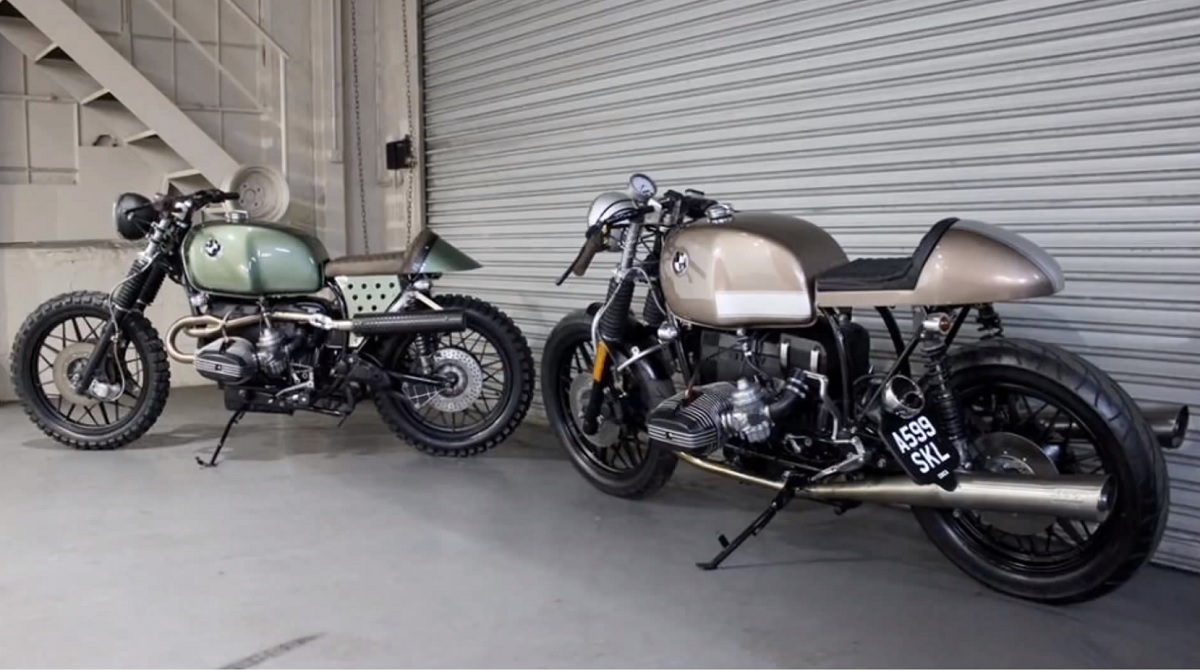 |
| www.freedomcyclelasvegas.com |
In England during the 60s, affordable motorcycles that could achieve the ton, were few and far between. For the average worker and motorcycle owner, the only option of getting the desired performance was to tune the bike with various racing options. Readily available tuning parts made the task easier. Riders would add more parts as their budgets allowed. As riders added more and more parts, a standard look began to materialize - the café racer look.
 |
| Ed Norton Commando Cafe Racer |
This is not intended as a complete history, rather a look at the highpoints in the café scene which is timely because in recent years, it seems that the term “Café Racer” can be applied to any old motorcycle that has been spray-painted black and fitted with pipe wrap. However, motorcycle enthusiasts who raced each other from café to café were the true Café Racers in the UK during the 1960s. The most famous of which is the Ace Café, in London, which is still in existence today.
The typical specification of an early café racer would be:
- Swept-back pipes
- Clip-on's or 'Ace' bars
- Reverse cone Mega's (short for megaphone mufflers - very much a misnomer). Later bikes used Dunstall's , which were silencers produced by tuning legend Paul Dunstall
- TT100 Dunlop tires
- Larger carburetors
- Rear sets
For many riders, having the café racer look was enough. But when the market for tuning parts really began to take off in the mid '60s, the list of available and desirable parts grew. Besides engine tuning parts, a number of companies began to produce replacement seats and tanks.
 |
| Honda CB750 |
These replacements resembled the current trends in motorcycle racing: seats with humps, and fiberglass tanks with indentations to clear clip-ons and the rider's knees. More expensive aluminum versions were also available.
To get anywhere near the magic 100 mph, riders at the time needed to heavily modify their bikes. Fortunately in the 1960s the British motorcycle industry was still alive and kicking and there was a big British presence in motorcycle racing. Consequently, there were a lot of aftermarket parts for the Café Racers to choose from to upgrade their bikes.
To add more of a racing look, café racer owners began to fit a small handlebar mounted fairing (as seen on the Manx Norton racers). Full fairings were shunned as these would cover up the beautiful polished aluminum engine cases and swept-back chrome pipes.
 |
| BMW Café Racers |
Other features that were adopted to make a bike a Café Racer included an elongated fuel tank (similar to Grand Prix racers of the 1960s) often with concave depressions to allow the rider’s knees to grip the tank, low-slung clip on bars and a single seat with a faired-in rear end.
Although many riders fitted different rear shocks to improve the handling of their machines, the defining moment of café racer development came when a Triumph Bonneville engine was fitted to a Norton featherbed chassis. Affectionately called the Tri-ton, this hybrid set new standards. By combining the best of the British engines and the best chassis, an urban legend was created.
As the Japanese manufacturers started to gain a foot hold in Europe and the rest of the world in the early 1970s, there were some great Japanese Café Racers created too, but the true pioneers of the café racer movement were the British bike owners of the 1960s.
No comments:
Post a Comment